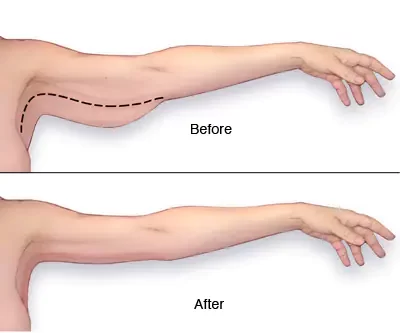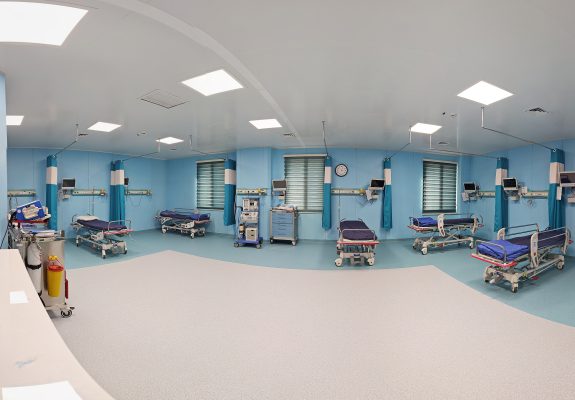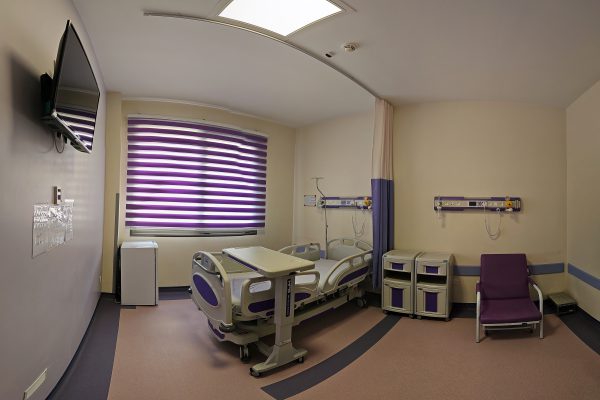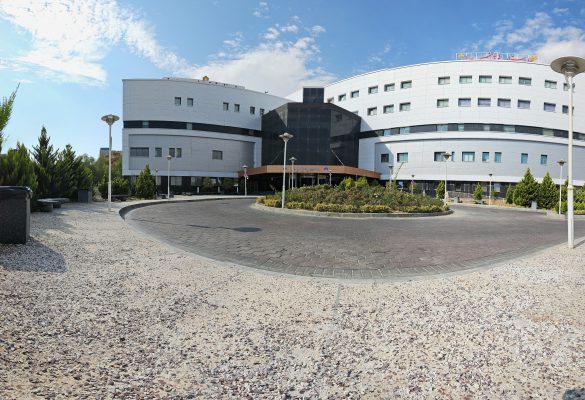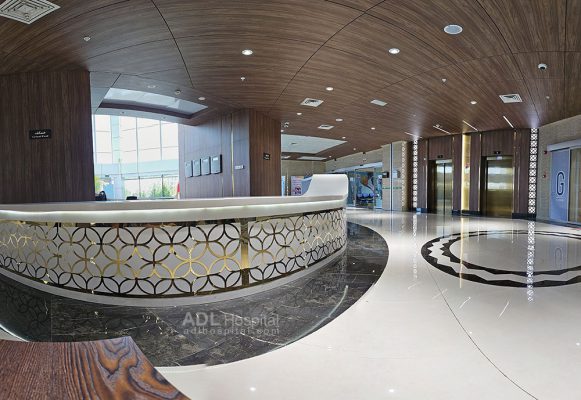Arm lift in Iran – Brachioplasty
Brachioplasty, commonly known as an “arm lift in Iran ,” is a surgical procedure that aims to improve the appearance of the upper arms. This is often performed on individuals who have sagging skin due to aging or significant weight loss. The procedure tightens and smooths the underlying supportive tissue that defines the shape of the upper arm.
Arm lift in Iran Procedure
The brachioplasty procedure is typically performed under general anesthesia. The surgeon will make incisions on the insides or back of your arms. The length and pattern of the incision depends on the amount and location of the excess skin to be removed. In some cases, the incisions may be more extensive, extending from the armpit to the elbow.
After making the incisions, the surgeon will tighten and reshape the underlying supportive tissue. Excess skin will be reduced and smoothed over the new contour of your arm. In some cases, the surgeon may also use liposuction to remove excess fat.
Recovery
The recovery period from a brachioplasty varies from person to person. Generally, it may take several weeks to fully recover. During this time, the patient might experience some pain, swelling, and bruising. It’s important to follow the surgeon’s post-operative instructions to ensure a smooth recovery. This may include wearing a compression garment, avoiding certain activities, and taking prescribed medications.
If you want to operate in Tehran Adl Hospital, click the button below and follow the steps
Risks
Like any surgery, brachioplasty carries some risks such as infection, bleeding, and reaction to anesthesia. Other possible risks include:
– Scarring: Incisions made during the surgery can leave scars. Although these will fade over time, they may not completely disappear.
– Changes in skin sensation: Some people may experience temporary or permanent changes in skin sensation in the area of the surgery.
– Asymmetry: The arms may not look exactly alike or may not heal evenly.
It’s important to discuss these risks and any other concerns with your surgeon before deciding to proceed with the surgery.
Results
The results of a brachioplasty are usually long-lasting, provided the patient maintains a stable weight and stays fit. However, it’s important to note that the body continues to age, and this can affect the results over time. A healthy lifestyle can help maintain the results longer.
Brachioplasty cost in Iran
The cost of arm lift in Iran depends on the following factors
Surgeon’s salary
Surgeons with more experience usually get paid more
The cost of a hospital or surgery clinic
Depending on the equipment and facilities of the hospital, you will have a different cost
Health status of the applicant
If you have an underlying disease, special care may be required and the cost will increase
Arm lift repair surgery
If you have already had an arm lift surgery, the surgery may be more difficult and more expensive
Usually 9 days stay is enough for arm lift surgery in Iran
The cost of hotel and accommodation will be added to your expenses
Other costs of arm lift surgery in Iran
- Cost of blood test (about 10 to 15 euros)
- The cost of special dressing after surgery (about 20 to 30 euros)
- The cost of heart consultation (if you are over 40 years old or have a heart problem, you need to consult a cardiologist) The cost of heart consultation is about 35 euros)
The cost of an arm lift in Iran (including surgeon and hospital fees) is between 1900 and 2700 euros
The cost of an arm lift in Adl Hospital is 2100 euros
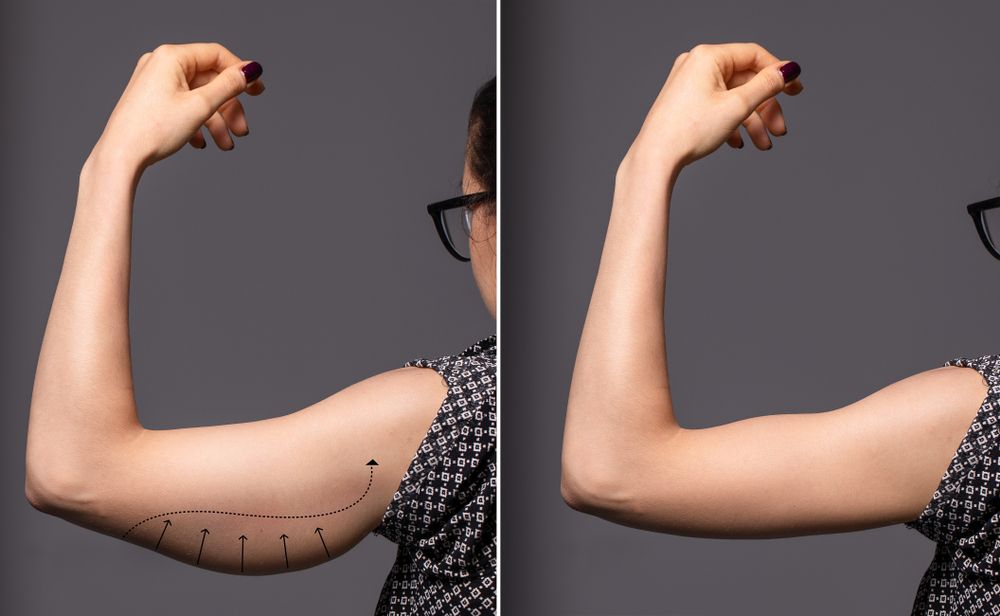
Is an arm lift right for me
Deciding whether a brachioplasty, or arm lift in Iran, is right for you is a personal decision that should be made in consultation with a qualified plastic surgeon. However, here are a few general factors to consider when deciding whether an arm lift might be a good choice for you:
1. Excess skin and fat: The primary candidates for an arm lift are individuals who have a significant amount of loose, hanging skin and/or excess fat on their upper arms. This is often the result of major weight loss or aging.
2. Non-smoker: Smoking can interfere with the healing process, so if you’re a smoker, you’ll likely need to quit before and after surgery to minimize risks and complications.
3. Good health: Candidates for an arm lift in Iran should be in good general health. Certain conditions, such as heart disease, diabetes, or a weakened immune system, may increase the risk of complications.
4. Realistic expectations: While an arm lift can significantly improve the appearance of your upper arms, it’s important to have realistic expectations. There will be scarring, and while it will fade over time, it won’t disappear completely.
5. Stable weight: Good candidates are those who have maintained a stable weight for a significant period of time. Weight fluctuations can affect the results of the surgery.
6. Emotional readiness: Any kind of surgery can be emotionally taxing. It’s important to be mentally prepared for the recovery period and the changes to your body.
Remember, it’s important to discuss your medical history, expectations, and any concerns you have with your surgeon before deciding whether to proceed with the surgery.
What happens during an arm lift in Iran
A brachioplasty, or arm lift in Iran, is a surgical procedure that aims to improve the appearance of the upper arms by reducing excess sagging skin and fat. Here’s a general outline of what happens during an arm lift:
Preoperative Preparation
Before the surgery, you’ll have a preoperative consultation with your surgeon. They will evaluate your health, discuss the procedure, risks, and outcomes, and answer any questions you might have. You may also be asked to get lab testing or a medical evaluation, take certain medications or adjust your current medications, stop smoking well in advance of surgery, and avoid taking aspirin, anti-inflammatory drugs, and herbal supplements as they can increase bleeding.
The Procedure
On the day of the surgery, the procedure typically unfolds as follows:
1. Anesthesia: You’ll be given anesthesia for your comfort during the surgical procedure. This is often general anesthesia, meaning you’ll be unconscious for the procedure, but in some cases, local anesthesia with sedation may be used.
2. Incisions: The surgeon will make incisions on the undersides of your arms. The length and pattern of the incisions will depend on how much skin will be removed. In some cases, the incisions may be more extensive, extending from the armpit to the elbow.
3. Removing excess tissue: The surgeon will tighten and reshape the underlying supportive tissue in your arms, and then remove excess skin. If necessary, they may also perform liposuction to remove excess fat.
4. Closing the incisions: The incisions will be closed with sutures. These may be traditional sutures that need to be removed later, or absorbable sutures that disappear over time.
Postoperative Recovery
After the surgery, dressings or bandages will be applied to your incisions, and you may be wrapped in an elastic bandage or a compression garment to minimize swelling. A small, thin tube may be temporarily placed under the skin to drain any excess blood or fluid.
You’ll be given specific instructions on how to care for the surgical site, medications to apply or take orally, specific concerns to look for, and when to follow up with your surgeon.
It’s important to remember that each person’s experience with an arm lift may be different, and your surgeon will provide you with the most accurate information tailored to your specific circumstances.
What is brachioplasty recovery like?
Recovery from a brachioplasty, or arm lift in Iran, depends on the individual and the extent of the surgery. Here’s a general idea of what you can expect during the recovery period:
Immediately After Surgery
After the procedure, your arms will likely be wrapped in bandages or dressings, and you may have drainage tubes in place. You’ll likely be wearing a compression garment to support your arms and minimize swelling.
You may experience some pain, swelling, and bruising right after the surgery. Your healthcare provider will likely give you medication to manage any discomfort.
The First Few Weeks
During the first few weeks after surgery, you’ll need to rest and avoid lifting your arms above your head or lifting heavy objects. You might need help with daily activities such as bathing and dressing.
It’s important to follow your surgeon’s post-operative care instructions, which will include care for the surgical site, medications to aid healing and reduce the risk of infection, and when to follow-up with your surgeon.
You may also be advised to sleep in a reclining (not horizontal) position for the first couple of weeks to help reduce swelling.
Long-Term Recovery
Most patients can return to work and light activities after 2-3 weeks, depending on the nature of their job. However, it may take at least 4-6 weeks or longer before you can return to vigorous activities or exercise.
Swelling and bruising should gradually subside over the first few weeks and months. Scars from the incisions will initially be red and somewhat bumpy, but they should slowly flatten and fade over a period of months.
Results
The results of an arm lift in Iran are typically long-lasting. However, it’s important to maintain a stable weight and general fitness. Significant weight gain or loss can affect the results, and natural aging will continue.
Remember that individual recovery times and experiences can vary, and it’s important to follow your healthcare provider’s instructions for the best outcome. Always contact your healthcare provider if you have any concerns during the recovery period.
How is incision in arm lift in Iran
The incision for an arm lift, or brachioplasty, will vary depending on the extent of the procedure and the amount of skin and fat to be removed. Here are the most common types of incisions:
1. Minimal Incision: If you only need a small amount of skin and fat removed, your surgeon might be able to use a minimal incision hidden in the armpit. This is sometimes referred to as a mini arm lift or limited incision brachioplasty.
2. Standard Brachioplasty: A more common type of incision for an arm lift is one that runs from the elbow to the armpit. This allows for removal of a larger amount of skin and fat.
3. Extended Brachioplasty: In some cases, if there is a significant amount of excess skin and fat, the incision may extend from the elbow along the side of the chest. This is often done for patients who have lost a large amount of weight and have excess skin extending onto their side chest wall.
Regardless of the type of incision, your surgeon will aim to place it in the most inconspicuous location (usually the inner arm or back of the arm) to minimize visible scarring. Regardless, some scarring is inevitable, but the scars will fade with time.
It’s important to discuss the details of the procedure, including the type and location of the incision, with your surgeon beforehand to ensure that you have a clear understanding of what to expect.

Caring after arm lift in Iran
After arm lift surgery (brachioplasty), proper care is essential to ensure optimal healing and results. Here are some general guidelines for post-operative care, but always remember to follow the specific instructions given by your surgeon:
Immediate Post-Operative Care:
1. Rest and Elevate: After the procedure, rest and sleep with your arms elevated to help reduce swelling. Avoid any strenuous activities and heavy lifting for the first few weeks.
2. Pain Management: You may experience some pain and discomfort after surgery. Your surgeon will likely prescribe pain medication to manage this.
3. Compression Garments: You’ll likely need to wear a compression garment or bandages to support your arms and minimize swelling. Your surgeon will give you specific instructions on how and when to wear these.
Long-Term Post-Operative Care:
1. Incision Care: Keep your incisions clean to prevent infection. You’ll be given specific instructions about how to clean the incision site and what kind of ointment or cream to apply, if any.
2. Monitor for Complications: Watch for signs of infection such as increased redness, swelling, fever, or discharge from the incision sites. Contact your surgeon if you notice any of these signs.
3. Follow-up Appointments: Attend all follow-up appointments with your surgeon so they can monitor your progress and address any concerns you may have.
4. Stay Hydrated and Maintain a Healthy Diet: Proper nutrition can help promote healing. Stay well-hydrated and eat a balanced diet rich in protein.
5. Avoid Smoking: Smoking can slow the healing process and increase the risk of complications. If you’re a smoker, you should quit before surgery and avoid smoking during the recovery period.
6. Gradually Resume Physical Activity: While it’s important to take it easy after surgery, gentle walking can help stimulate blood circulation and speed up recovery. You should gradually resume more strenuous activities as advised by your surgeon.
7. Scar Care: Once the wounds have healed, you can use silicone sheets or gel, and massage therapy to help reduce the appearance of scars. Avoid sun exposure as it can darken the scars.
Finally, remember that everyone heals at their own pace, and it’s important to give your body the time it needs to recover. Full recovery may take several weeks, and the final results may not be visible for several months. Always communicate with your surgeon if you have any concerns or questions during your recovery period.


